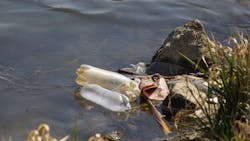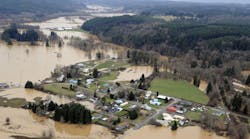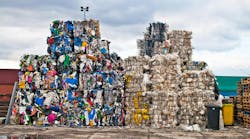EPA joins project studying floating trash capture devices
The U.S. Environmental Protection Agency (EPA) announced that it is joining partners to introduce a project studying the effectiveness of a network of floating trash capture devices in the Delaware River watershed.
EPA is joining the Partnership for the Delaware Estuary (PDE) and a private company called Seabin to introduce the project.
During an event at the Bartram’s Garden dock in South Philadelphia, officials from Seabin demonstrated how the state-of-the-art devices can be placed at locations in the river for litter removal, data collection, trash monitoring, and water quality monitoring. The two initial locations in the Delaware River watershed are at Bartram’s Garden and off the Pier 3 marina on the Delaware River in Philadelphia.
“Partnerships like this lead to innovation and accelerate progress,” said EPA Mid-Atlantic Regional Administrator Adam Ortiz. “We all hate seeing trash floating in our waters and this device is part of the solution. Not only is it pretty cool to watch, but the monitoring and maintenance of the devices can create jobs in public works and sciences.”
EPA is supporting the project by providing technical assistance, as well as $25,000 in Trash Free Waters funding to support education and outreach.
The trash capture devices — called Seabins — and a software platform have been installed primarily in marinas and urban places around the world. EPA, PDE, and Seabin are undertaking a research project to place Seabins at locations in the Delaware River for litter removal and data collection through trash and water quality monitoring. Seabin is leading the monitoring efforts with support from its partners.
EPA hopes that data collected by the Seabins could provide valuable information such as the types and volume of trash and its relationship to storms and flooding.


